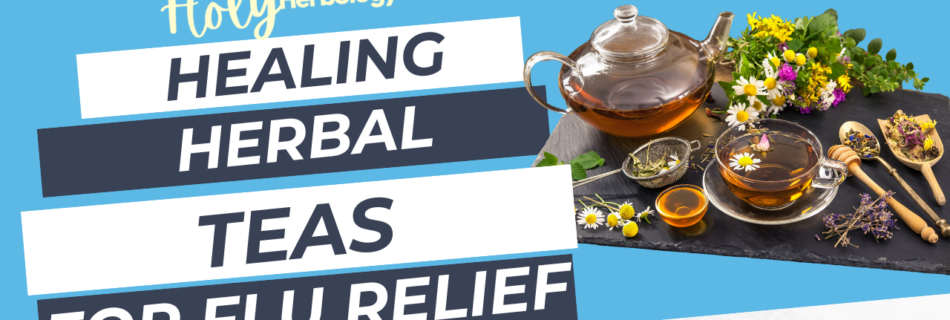Fibonacci’s Guide to Meditation: Unlocking the Golden Ratio of Inner Peace
A Pathway to Harmony Hidden in Numbers What if the secret to unlocking profound peace, balance, and clarity wasn’t just in your breath or posture, but in the ancient wisdom of mathematics? Imagine a method that mirrors the harmonious patterns found in seashells, galaxies, and the human body—a technique so natural, it feels like coming home to yourself. The Fibonacci sequence, often called nature’s “Golden Ratio,” is more than a mathematical wonder. It’s a blueprint for perfection and balance. Could aligning your meditation practice with this universal pattern help unlock new levels of mindfulness and tranquility? Let’s explore this unique approach to meditation inspired by Fibonacci’s timeless sequence, but first—why should we turn to numbers for spiritual alignment? The Mystical Connection Between Fibonacci and Meditation Before diving into the practice itself, consider this: Fibonacci numbers appear everywhere in the natural world. From the spirals of a sunflower to the architecture of your DNA, the sequence creates patterns that feel instinctively “right” to us. Fibonacci-inspired meditation takes cues from these natural rhythms to bring balance and harmony into your mental state. But this practice isn’t just about numbers; it’s about unlocking a meditative experience that feels as intuitive as nature itself. The Golden Ratio in Your Mind and Body Modern science shows that our brains crave symmetry and balance. The Fibonacci sequence, which approaches the Golden Ratio (1.618), is the epitome of such balance. Here’s how this manifests in your meditation practice: Curious about how this works? Let’s first uncover what makes the Fibonacci sequence so special. What Is the Fibonacci Sequence, and Why Does It Matter? The Fibonacci sequence begins with 0 and 1, and each subsequent number is the sum of the two preceding ones: 0, 1, 1, 2, 3, 5, 8, 13, 21, and so on. Over time, the ratio between consecutive numbers approaches 1.618—the Golden Ratio. It’s not just about numbers; it’s about finding a flow that mirrors the rhythm of life itself. Meditation guided by Fibonacci patterns invites you to sync your inner world with the universal pulse of existence. How to Practice Fibonacci Meditation This unique method combines structured breathing, visualization, and mindfulness techniques inspired by the Fibonacci sequence. Here’s a step-by-step guide to get started: Why Fibonacci Meditation Stands Out Unlike traditional meditation practices, which often focus solely on breath or mantra repetition, Fibonacci meditation integrates both scientific and spiritual principles. But don’t just take our word for it—experience it for yourself. Common Challenges and How to Overcome Them As with any meditation practice, Fibonacci meditation comes with its own set of challenges. Here’s how to navigate them: The Golden Ratio in Daily Life Fibonacci meditation is just one way to incorporate the Golden Ratio into your life. Here are other ways to align with this universal principle: By embracing these practices, you can create a life that feels as harmonious as the patterns found in nature. FAQs About Fibonacci Meditation Q: Do I need prior meditation experience to try this practice?A: Not at all! Fibonacci meditation is beginner-friendly and intuitive, making it accessible to everyone. Q: How often should I practice?A: Start with 10–15 minutes a day and gradually increase as you feel more comfortable. Q: Can children or teenagers practice this?A: Yes! Fibonacci meditation is suitable for all ages and can even be a fun, educational activity for younger participants. Conclusion: The Golden Key to Inner Harmony Fibonacci meditation is more than a technique—it’s a gateway to understanding the deep connection between you and the universe. By aligning your breath and mind with the Golden Ratio, you invite balance, clarity, and harmony into your life. Ready to experience the transformative power of Fibonacci’s guide to meditation? Start today and discover the timeless wisdom hidden in nature’s most perfect patterns.





